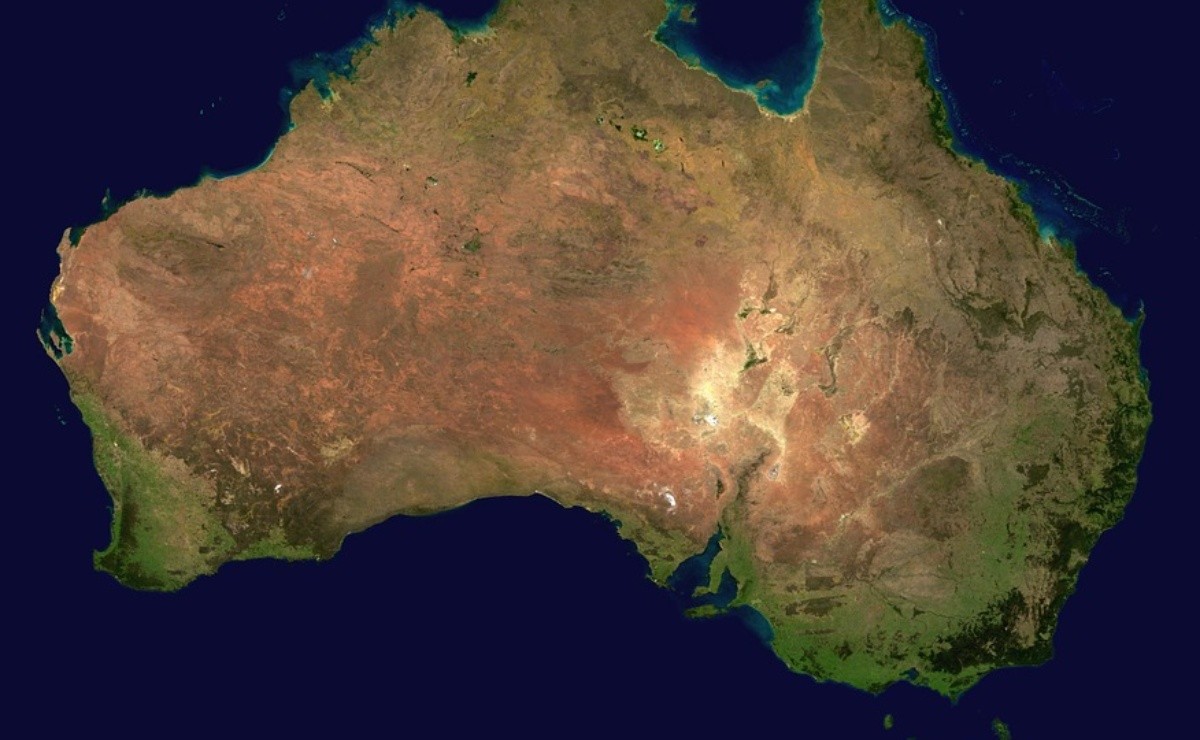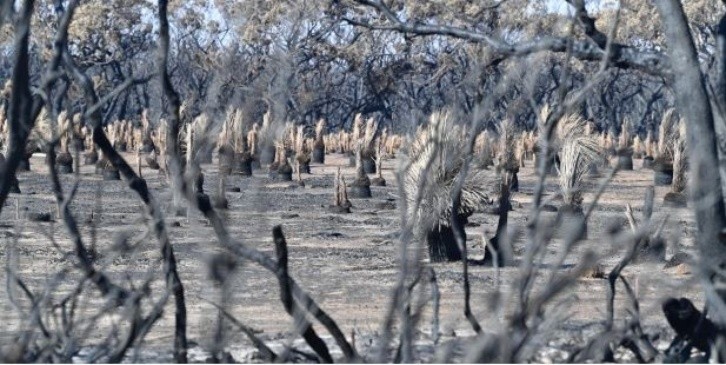
The Australian authorities have taken extreme measures in order to prevent the population
The authorities of the state of Vitoria, in southeastern Australia , have extended the declared state of disaster due to forest fires and called on the population to evacuate the danger zones before the situation is complicated by the wind and high temperatures according to forecasts for the next few days.
The measure, which gives more powers to the authorities to take possession of private properties and order evacuations, was adopted in light of the forecast of an increase in temperatures to 40 degrees and strong winds that could aggravate the twenty active outbreaks in this state.
The authorities urged the population to leave the areas in which the state of disaster spread, which include the Alpine area and the municipality of East Gippsland, in southeastern Victoria, where the fires have caused three deaths and burned 244 houses since New Year.

Other areas of the country are also preparing for the anticipation that the fires will worsen in the next few hours.
2,500 firefighters try to stop the advance of the fire
On Kangaroo Island, Australia’s third-largest island, authorities recommended that residents of the town of Vivonne Bay take shelter in designated camps to protect themselves from the fire that has killed two and burned 160,000 hectares.
It may interest you: Chris and Liam Hemsworth donate a million dollars to Australia
In the state of New South Wales, the most affected by the flames, some 2,500 firefighters are working to contain about 122 fires, half of them out of control.
The state government announced A $ 1 billion (US $ 687 million or € 619 million) for the reconstruction of affected communities, in addition to the A $ 2 billion (US $ 1,375 million or € 1,236 million). ) announced this week by the federal government.
The fires have killed 26 people since September, twenty of them in New South Wales where there are also 1,870 of the more than 2,000 houses that have burned across the country.
The fire season began earlier than expected in spring in a year that was listed as the hottest and driest in Australia, according to a report from the country’s Bureau of Meteorology.
"Unfortunately the forecast does not indicate a general return of wetter than average conditions in the parts affected by the drought and fires of eastern Australia," warned Karl Braganza, head of the agency’s climate watch office.
It may interest you: Notre Dame de Paris without Christmas mass for the first time in 216 years